Step into Ontario’s cultural parks, where ancient stories meet modern adventure and centuries of heritage come alive through immersive experiences. These unique destinations blend natural landscapes with rich cultural narratives, offering visitors a deeper connection to the land and its people than traditional recreational parks.
Imagine walking through paths once traveled by Indigenous peoples, standing in historic trading posts that shaped Canada’s development, or participating in traditional ceremonies that have been practiced for generations. Cultural parks serve as living museums, preserving not just artifacts and buildings, but the very essence of Ontario’s diverse cultural tapestry.
From the petroglyphs of Petroglyphs Provincial Park to the restored 19th-century buildings at Fort William Historical Park, each site offers a unique window into the past while maintaining relevance for today’s visitors. These spaces don’t just display history – they invite you to become part of it through interactive programs, guided tours, and seasonal festivals that celebrate the region’s multicultural heritage.
Whether you’re a history enthusiast, nature lover, or family seeking educational adventures, Ontario’s cultural parks provide the perfect blend of recreation and cultural enlightenment. Here, every trail, exhibit, and program is designed to help visitors understand and appreciate the complex relationships between people, land, and time.
What Makes Ontario’s Cultural Parks Special
Living History Experiences
Step into the past as costumed interpreters bring history to vibrant life at Ontario’s cultural parks. Watch skilled artisans demonstrate traditional crafts like blacksmithing, weaving, and candle-making using authentic period tools and techniques. You might find yourself churning butter in a 19th-century kitchen, learning traditional Indigenous storytelling by a crackling fire, or helping to tend heritage gardens growing forgotten varieties of vegetables and herbs.
These immersive experiences often follow the changing seasons, with spring planting demonstrations, summer militia drills, fall harvest celebrations, and winter’s traditional festivities. Many parks offer hands-on workshops where visitors can try their hand at historical skills like rope-making or traditional beadwork.
Children especially love these interactive elements, where they can dress up in period clothing, play with historical toys, or participate in traditional games. Special events throughout the year, such as military reenactments, traditional feast days, and cultural festivals, provide even more opportunities to experience history firsthand.
Pro tip: Visit during shoulder seasons (spring and fall) when smaller crowds mean more personal interaction with interpreters and better chances to participate in demonstrations.
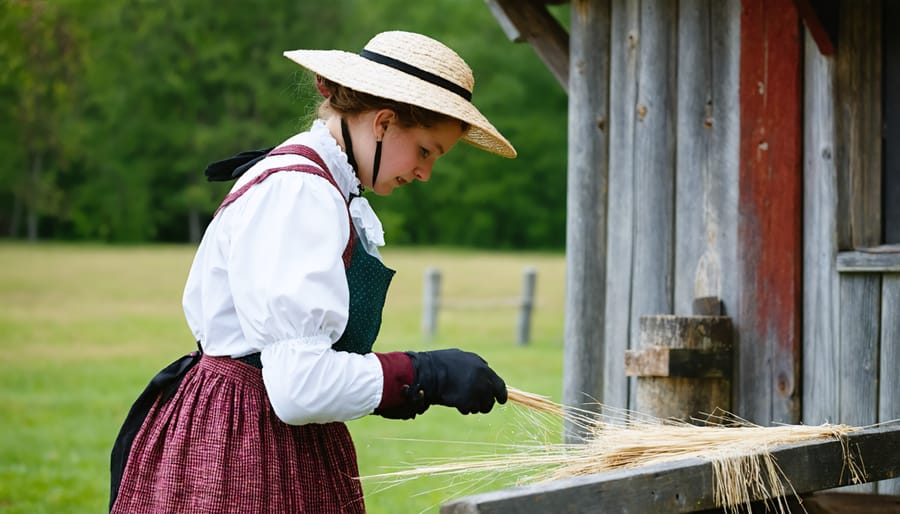
Indigenous Cultural Sites
Ontario’s cultural parks are deeply rooted in Indigenous history, offering visitors a chance to connect with the rich heritage of First Nations, Inuit, and Métis peoples. These sacred spaces tell stories that span thousands of years, from ancient burial grounds to traditional gathering places where ceremonies continue to this day.
At Petroglyphs Provincial Park, you’ll find the largest known concentration of Indigenous rock carvings in Ontario. Known as “The Teaching Rocks,” these ancient petroglyphs provide fascinating insights into Ojibway spirituality and traditions. Remember to approach these sites with respect – photography isn’t permitted in certain areas to preserve their sacred nature.
Crawford Lake Conservation Area features a reconstructed 15th-century Iroquoian village, where you can explore longhouses and learn about traditional farming practices. The site was discovered when scientists found corn pollen preserved in the lake’s sediment, leading to this remarkable archaeological find.
Insider tip: Many Indigenous sites offer guided interpretive programs led by Indigenous knowledge keepers. These experiences provide authentic perspectives and deeper understanding of the cultural significance of these spaces. Consider visiting during powwow season (typically summer months) when some parks host traditional gatherings and celebrations.
Visitor Stories and Cultural Connections
Family Heritage Discoveries
Stepping into Ontario’s cultural parks can be like opening a treasured family album, as many visitors discover deep connections to their ancestral roots. Sarah Thompson, a third-generation Canadian, shares her touching story of visiting Fort William Historical Park: “Walking through the same paths my great-grandmother walked as a young immigrant in the 1800s brought tears to my eyes. The interpreters helped me understand exactly what life would have been like for her.”
These memorable park experiences often become powerful moments of connection for families. The Martinez family recently traced their Indigenous heritage at Crawford Lake Conservation Area, where their children learned traditional craft-making techniques passed down through generations. “Watching our kids learn to weave baskets using the same methods our ancestors did was incredibly moving,” explains Miguel Martinez.
Many cultural parks offer genealogy workshops and family history programs where visitors can research their roots. At Upper Canada Village, the Heritage Resource Centre helps guests explore historical records and connect with local historians. Some visitors have even discovered previously unknown family connections to the area’s early settlers through these resources.
For those seeking to explore their heritage, park staff recommend bringing old family photos and documents to share with interpreters, who can often provide additional historical context and insights about specific time periods or cultural practices.
Cross-Cultural Learning Moments
Cultural parks create magical moments where different worlds collide and new understanding blooms. Take Sarah, a visitor from Toronto, who learned the art of dreamcatcher weaving from an Ojibwe elder at Crawford Lake. “I came expecting just a nice walk, but left with a deep appreciation for Indigenous craftsmanship and symbolism,” she shares.
At the Ukrainian Cultural Heritage Village, a young family from China found themselves joining in a traditional harvest dance, their children gleefully following along with the steps. These spontaneous connections happen daily, bridging cultural gaps through shared experiences and laughter.
One particularly touching story comes from Fort William Historical Park, where a group of international students discovered common ground with historical interpreters portraying 19th-century fur traders. Despite different backgrounds, they found similarities in trading traditions from their own cultures, sparking fascinating discussions about global commerce through the ages.
These parks also serve as gathering places where new Canadians can connect with long-time residents. During special events, visitors often share traditional foods, stories, and customs, creating a tapestry of cultural exchange. A recent powwow at Point Pelee saw participants from over 20 different countries joining in traditional dances, proving that cultural appreciation knows no borders.
Such moments remind us that cultural parks are more than just preserved spaces – they’re living bridges between communities, fostering understanding one interaction at a time.
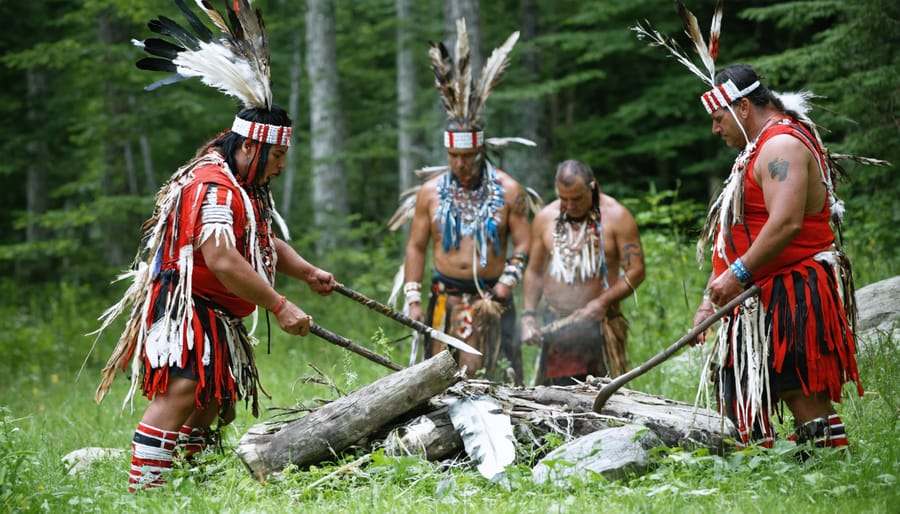
Must-Visit Cultural Parks in Ontario
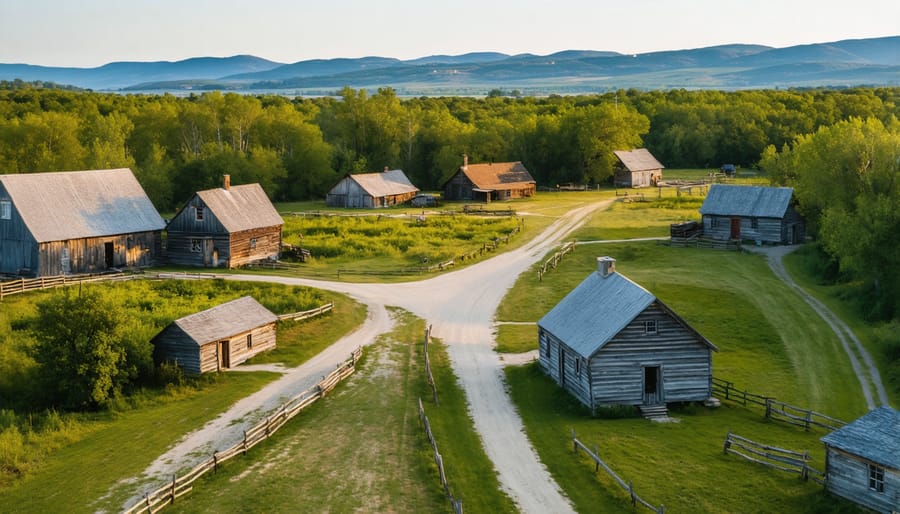
Historical Settlements and Villages
Ontario’s cultural parks offer fascinating glimpses into the past through their preserved historical settlements. At Upper Canada Village, visitors can step back in time to the 1860s, where costumed interpreters bring the Victorian era to life through traditional crafts, farming practices, and daily routines. The village features over 40 heritage buildings, including a working flour mill, blacksmith shop, and period-accurate homes.
Black Creek Pioneer Village in Toronto showcases life in rural Ontario during the 1800s. Here, you can watch demonstrations of traditional bread-making in wood-fired ovens, try your hand at historic games, and explore authentic buildings relocated from across the province. The village is particularly magical during holiday seasons when special events recreate historical celebrations.
Sainte-Marie among the Hurons near Midland offers a unique perspective on 17th-century life, depicting the first European settlement in Ontario. This reconstructed French Jesuit mission provides insights into the interaction between French missionaries and the Wendat people. The site features traditional longhouses, a chapel, and workshops where visitors can learn about indigenous crafts and early European settlement techniques.
Insider tip: Visit these settlements during harvest season (September-October) when many sites host special programming featuring traditional food preparation, agricultural demonstrations, and seasonal festivities. For the most authentic experience, check ahead for “living history” days when all activities are in full swing.
Sacred and Ceremonial Sites
Sacred and ceremonial sites within cultural parks hold profound spiritual significance for Indigenous peoples and other cultural groups across Ontario. These special places often feature ancient burial grounds, ceremonial circles, and areas traditionally used for important rituals and gatherings.
Many of these sites, like the petroglyphs at Petroglyphs Provincial Park near Peterborough, showcase incredible rock carvings that tell stories of the Ojibwe people’s spiritual teachings and connection to the land. The site is aptly known as “The Teaching Rocks” and continues to be a place of spiritual significance for Indigenous communities today.
When visiting these sacred spaces, it’s essential to practice respectful tourism. Stay on marked trails, speak quietly, and never remove any items from the site. Photography may be restricted in certain areas, so always check posted guidelines or ask park staff before taking pictures.
Some cultural parks offer guided experiences led by Indigenous knowledge keepers who share traditional teachings and help visitors understand the deep spiritual connection between the land and its original peoples. These educational programs provide authentic insights while ensuring sacred spaces are honored appropriately.
Pro tip: Before visiting, research any specific customs or protocols associated with the site. Some locations may have seasonal restrictions or require advance permission for access, particularly during ceremonial times.
Remember that these aren’t just tourist attractions – they’re living heritage sites that continue to play vital roles in cultural practices today.
Planning Your Cultural Park Visit
Seasonal Events and Programs
Cultural parks come alive throughout the year with vibrant celebrations and engaging programs that showcase Ontario’s rich heritage. From spring pow-wows to winter solstice ceremonies, these events offer authentic glimpses into Indigenous traditions and cultural practices. During summer months, visitors can participate in hands-on workshops learning traditional crafts, storytelling sessions, and guided medicine walks led by community elders.
Many parks offer seasonal accommodation options, from cozy lodges and accommodations perfect for attending multi-day festivals to camping areas near event grounds. Combine cultural experiences with exciting outdoor activities like hiking and canoeing, or explore local dining experiences featuring traditional Indigenous cuisine.
Fall harvest festivals celebrate the gathering of traditional foods and medicines, while educational programs run year-round, teaching visitors about Indigenous languages, environmental stewardship, and cultural preservation. Many parks also host special youth programs during school breaks, fostering cultural understanding among younger generations through interactive learning experiences.
Respectful Visitation Tips
When visiting cultural parks, remember that these spaces hold deep significance for Indigenous communities and other cultural groups. Always stay on marked trails and respect any restricted areas or sacred sites. Before your visit, take time to learn about the local Indigenous nations whose traditional territories you’ll be exploring.
Photography is usually welcome, but always check posted guidelines first. Some ceremonies or sacred objects may have specific photography restrictions. If you encounter an ongoing ceremony or celebration, maintain a respectful distance unless explicitly invited to participate.
Keep voices low, especially near ceremonial grounds or historical sites. Pack out what you pack in, and avoid disturbing any artifacts or natural elements. Many cultural parks welcome traditional offerings like tobacco, but check with park staff about appropriate practices.
Consider joining guided tours led by Indigenous interpreters or cultural knowledge keepers. These experiences offer authentic insights and support local communities. Remember that every visit is an opportunity to learn, share, and build cross-cultural understanding through respectful engagement.
Remember to wear appropriate clothing, particularly when visiting ceremonial sites, and follow any specific dress codes posted at the park entrance.
Cultural parks stand as living bridges between our past and present, offering invaluable opportunities to connect with heritage while enjoying the natural world around us. These special places don’t just preserve history – they bring it to life through interactive experiences, cultural demonstrations, and meaningful encounters that stay with visitors long after they leave.
By visiting cultural parks, we become active participants in preserving and celebrating the diverse stories that shape our communities. Whether you’re watching traditional craftspeople at work, participating in seasonal festivals, or simply walking through historically significant landscapes, each visit helps support these vital cultural institutions and ensures their survival for future generations.
Make time to explore the cultural parks in your area, and don’t hesitate to venture further afield to discover new ones. Plan your visits during different seasons to experience unique programming and see how these spaces transform throughout the year. Bring your family, invite friends, or enjoy a solo adventure – cultural parks welcome everyone and offer something special for all ages and interests.
Remember to approach these spaces with respect and curiosity. Take photos, ask questions, and immerse yourself in the stories being shared. By supporting cultural parks, you’re not just planning a day out – you’re helping to protect and celebrate the rich tapestry of human heritage that makes our communities unique and vibrant.





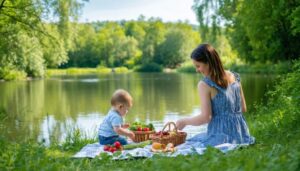
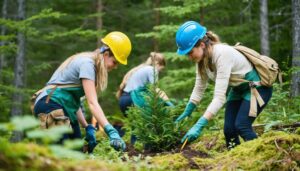

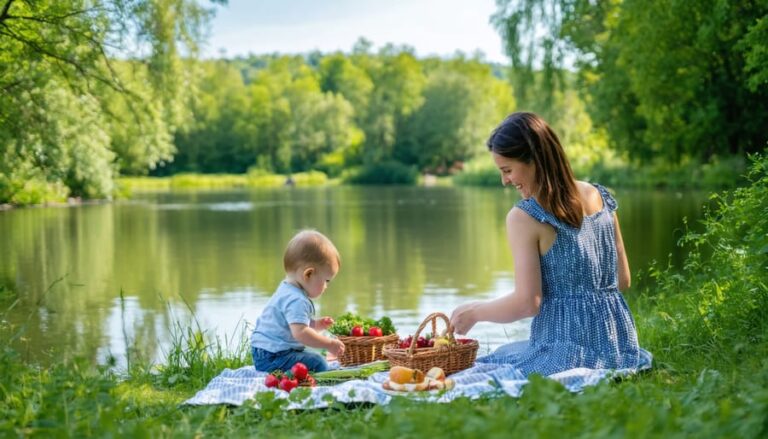
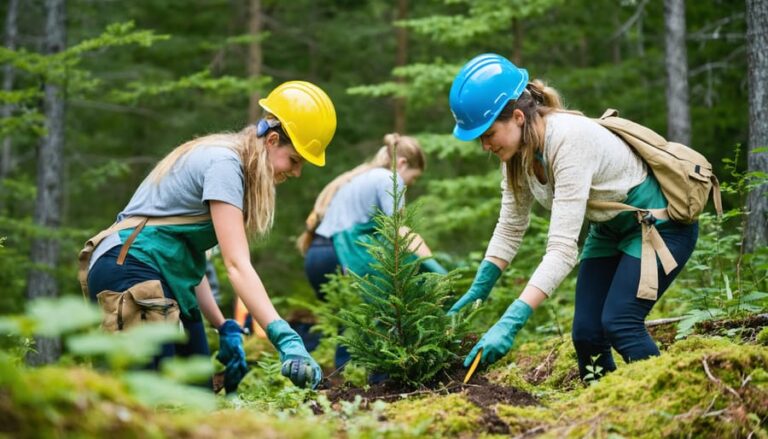
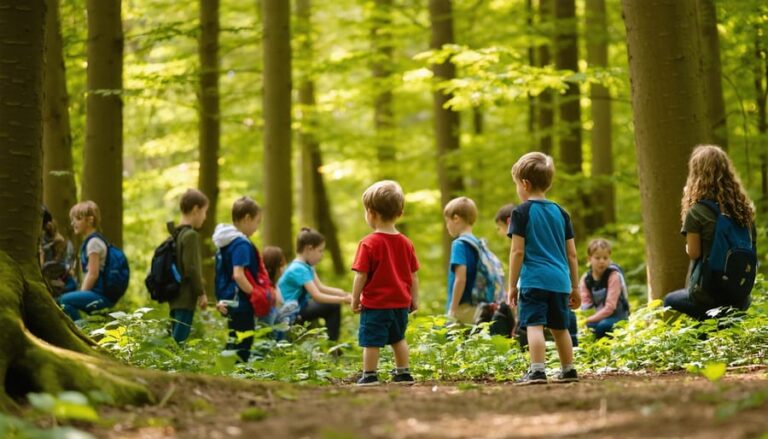
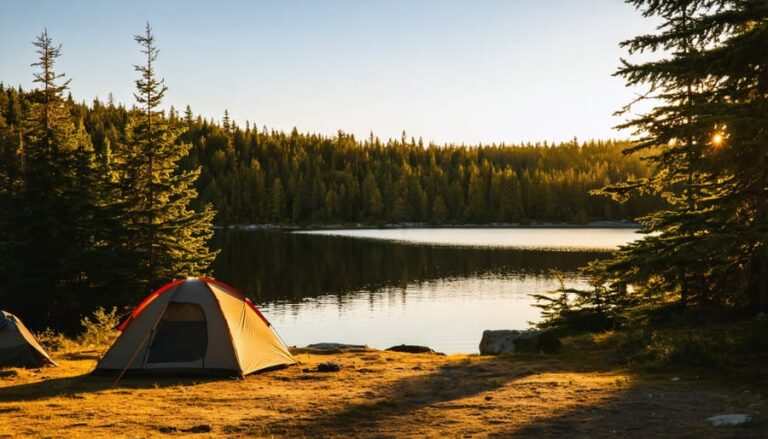
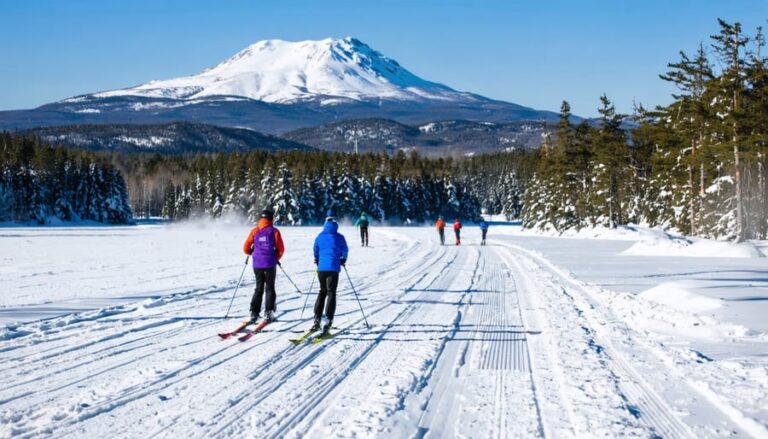

+ There are no comments
Add yours